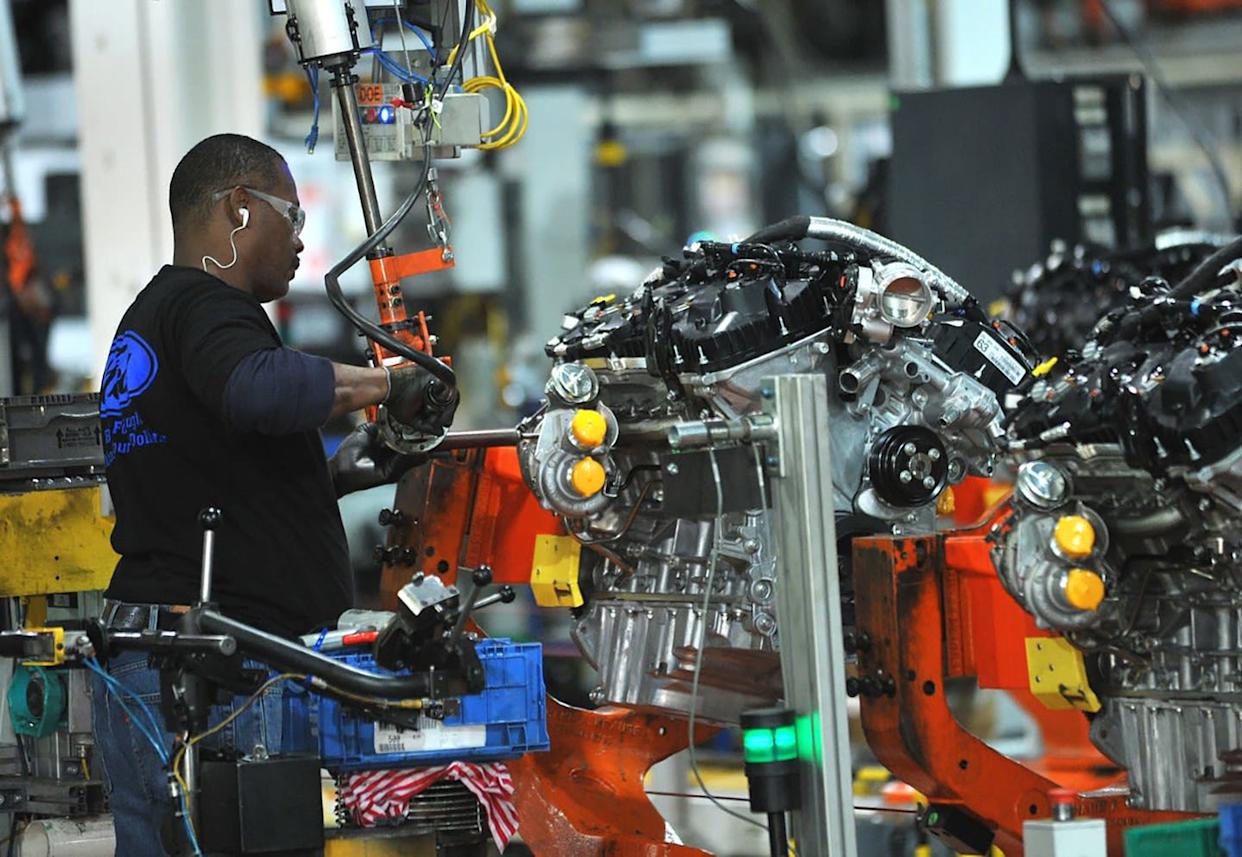
The Obama administration previously laid out the case for regulating human-created carbon-dioxide emissions that threaten human health and welfare.
The US Environmental Protection Agency now wants to rescind that Endangerment Finding, which dates to 2009.
Manufacturers would no longer have any future obligations for the measurement, control, and reporting of greenhouse-gas emissions for any highway engine or vehicle, the EPA says.
The federal government’s push for electric vehicles is off.
The Environmental Protection Agency Tuesday released a proposal to rescind the Endangerment Finding issued in 2009 by the Obama administration, which lays out the case for how human-created carbon dioxide emissions threaten human health and welfare.
If finalized, the new ruling would relieve the US auto industry of Biden EPA emission standards that pushed for 30% to 56% of new light-duty vehicles to be EVs by 2032.
“As a result of these proposed changes, engine and vehicle manufacturers would no longer have any future obligations for the measurement, control, and reporting of [greenhouse gas] emissions for any highway engine and vehicle, including model years manufactured prior to this proposal,” according to the EPA.
While dropping the greenhouse gas standard, EPA will continue to measure standards for criteria pollutants.
Meanwhile, the EPA and the National Highway Traffic Safety Administration (NHTSA) will continue to test and label for Corporate Average Fuel Economy. Criteria pollutants are ozone, particulate matter, carbon monoxide, lead, sulfur dioxide, and nitrogen dioxide.
The proposal “would undo the underpinning of $1 trillion in costly regulations” and “save more than $54 billion annually,” the EPA says on Tuesday.
Spiking the Endangerment Finding would eliminate “the holy grail of the climate change religion,” EPA Administrator Lee Zeldin said last March, according to Politico.
Time for Public Comments
What’s more, President Trump has not been coy about his desire to eliminate or cut as much of President Obama’s policy achievements as he can.
Under the federal agency rulemaking process, an agency must allow, in most cases, 30 days or 60 days for public comment after publishing the proposed rule in the Federal Register (federalregister.gov) before issuing a final ruling.
The Obama administration’s Endangerment Finding came from a 2007 Supreme Court decision in Massachusetts v. EPA that ruled the agency had violated the Clean Air Act by refusing to even consider greenhouse gas effects on climate change.
The Trump EPA can expect its proposed rule will face legal challenges from environmental groups and individual states.
The EPA’s proposal is expected to be more than 300 pages.
“We’re reviewing today’s announcement covering the endangerment finding to understand what it means for US vehicle emissions going forward,” said John Bozzella, CEO and president of the Alliance for Automotive Innovation, which will study the proposal.
“At the same time, there’s no question the vehicle emissions regulations finalized under the previous administration aren’t achievable and should be revised to reflect current market conditions, to keep the auto industry in America competitive, and to keep the industry on a path of vehicle choice and lower emissions.”
Ford issued a statement in appreciation of “the work of President Trump and Administrator Zeldin to address the imbalance between current emissions standards and customer choice.
A ‘Single, Stable Standard’
“Current standards do not align with the market, and America needs a single, stable standard to foster business planning. The standard should align with science and customer choice, reduce carbon emissions by getting more stringent over time, and grow American manufacturing. We’ll be working with regulators on a policy that serves all these goals,” the Dearborn, Michigan, automaker said.
Ford’s call for a “single, stable standard” refers to a resolution the president signed in June removing the rights granted previously to 11 states, including California, to set their own, higher emissions standards. A 2022 California Air Resources Board mandate would have required 100% EV new vehicle sales by 2035.
As fervid pandemic-era EV growth started to slow in 2023, the Biden administration EPA issued a proposed rule that would mandate two-thirds of new light vehicles sold in 2032 be zero-emissions EVs and fuel-cell vehicles.

Industry outcry pushed the Biden EPA to ease the standard by spring 2024 to a 30%-56% EV mandate by 2032, via an industry average of 85 grams of CO2 per mile.
That represented a “nearly 50% reduction in projected fleet average emissions target levels” from the 2026 EPA standard established much earlier, in the Obama administration.
Compared with that 85-gram standard, Honda and Hyundai corporate averages were lowest among automakers for model year 2022, at 302 grams per mile for each manufacturer. Ford that model year had a 380-gram average, with General Motors at 388 and Stellantis highest in the US at 415 grams CO2 per mile.
Should the EPA be taking greenhouse gases more seriously? Please comment below.



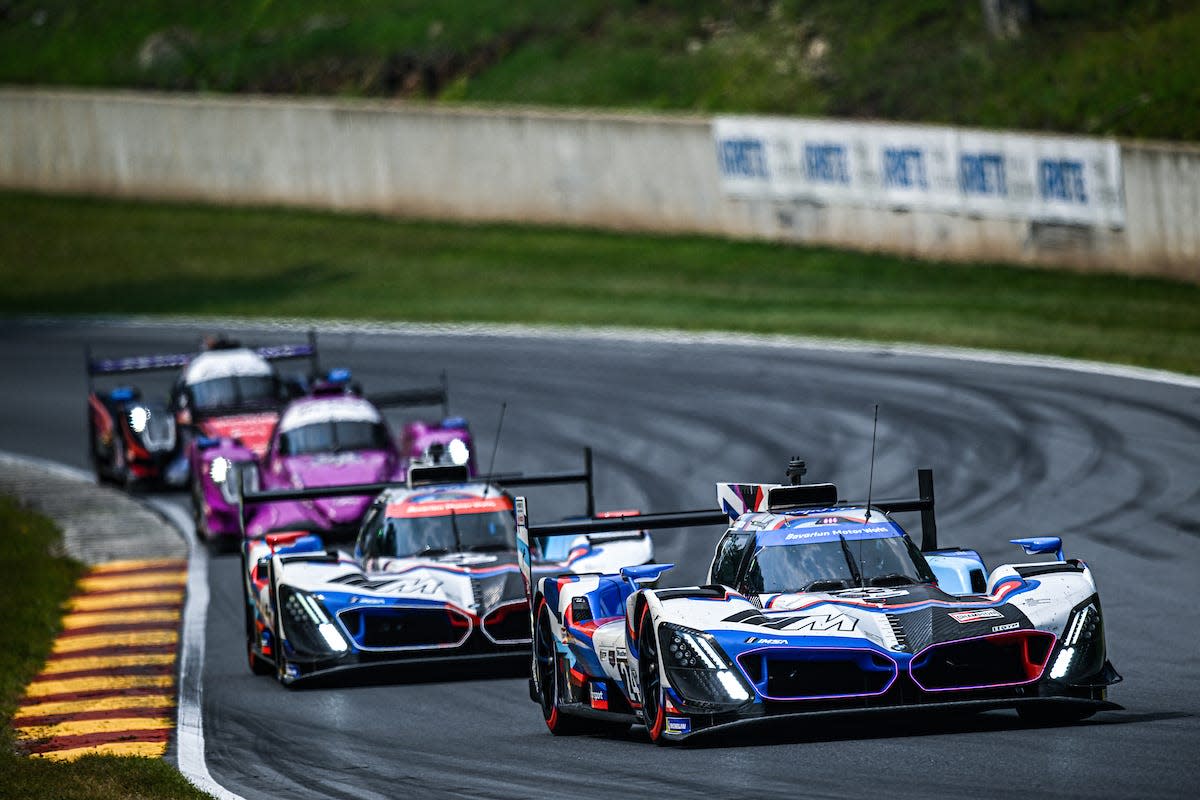
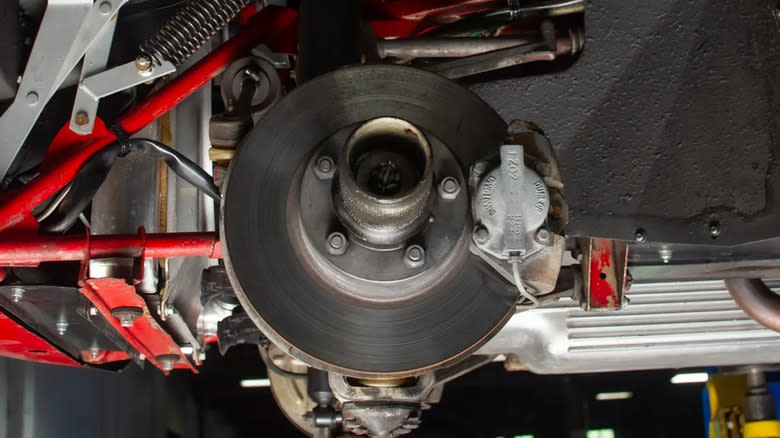
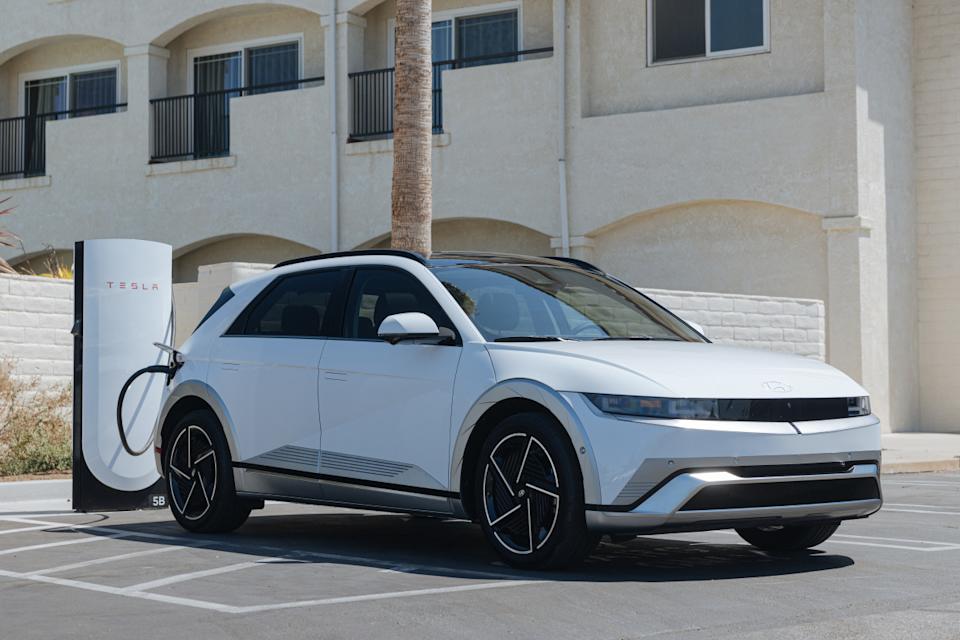

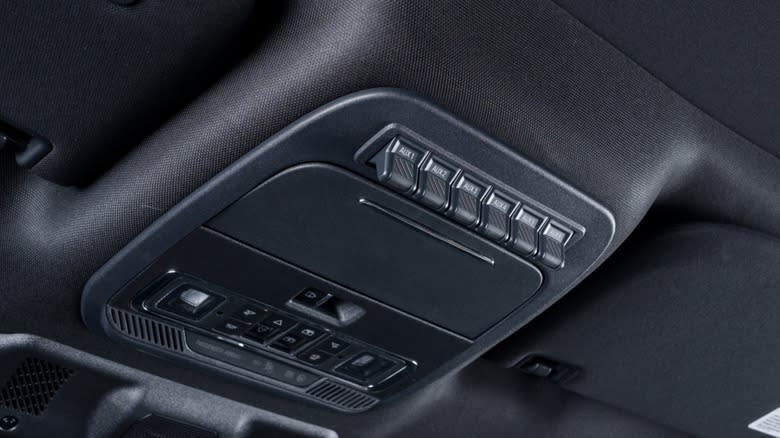
Comments